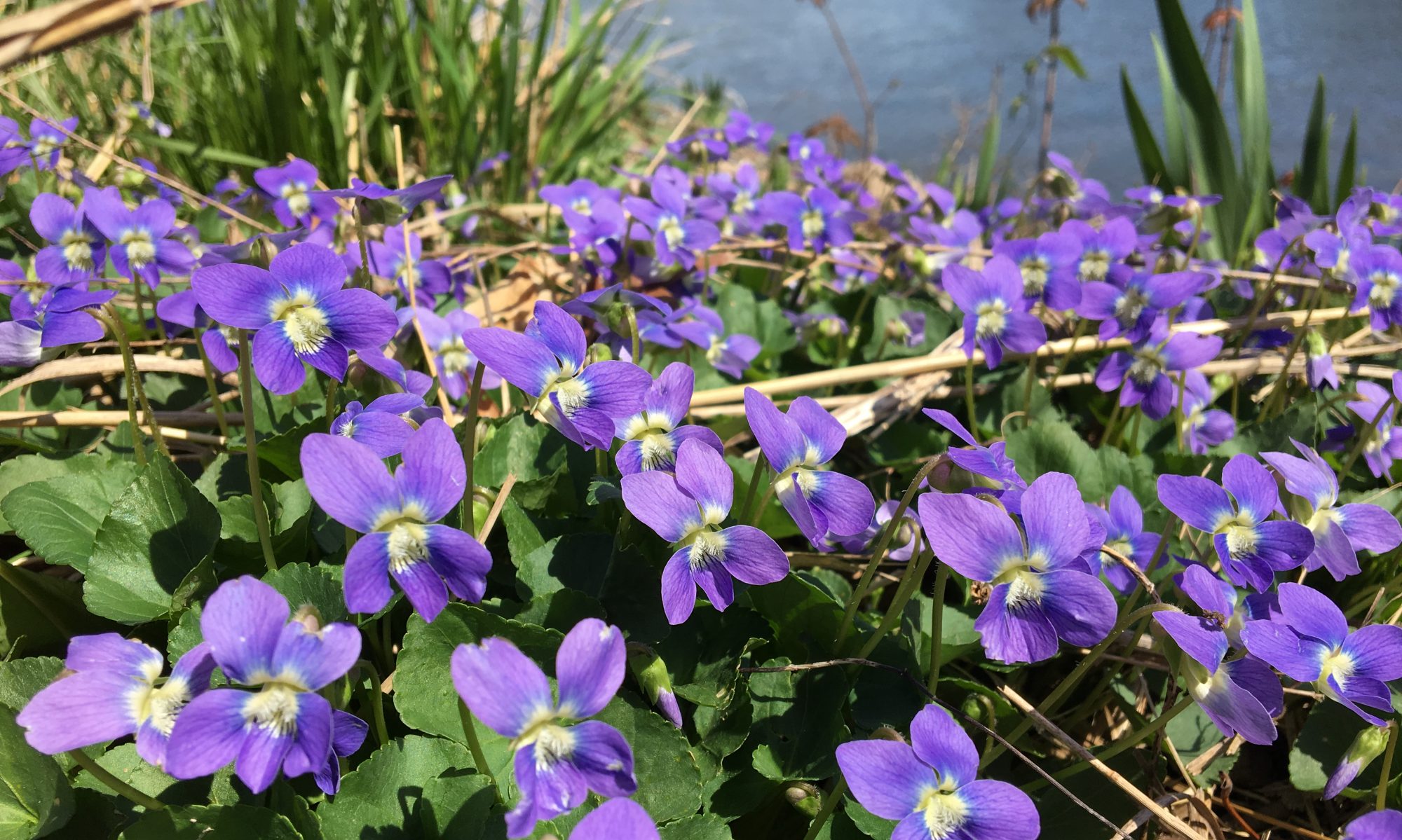February is National Bird Feeding Month
On February 23, 1994, Congressman John Porter from Illinois, read the following resolution into the Congressional Record proclaiming February as National Bird Feeding Month:
“Mr. Speaker, I would like to recognize February, one of the most difficult months in the United States for wild birds, as National Bird-Feeding Month. During this month, individuals are encouraged to provide food, water, and shelter to help wild birds survive. This assistance benefits the environment by supplementing wild bird’s natural diet of weed seeds and insects. Currently, one third of the U.S. adult population feeds wild birds in their backyards.
In addition, Mr. Speaker, backyard bird feeding is an entertaining, educational, and inexpensive pastime enjoyed by children and adults. Bird feeding provides a needed break from today’s frantic lifestyles. Adults enjoy the relaxation and peacefulness afforded by watching birds’ nature serves to relieve the stress and can get one’s day going on a tranquil note.”
Winter Bird Feeding: The Basics
Action, color, drama, song; it’s all there at your backyard bird feeder. Feeding birds is a great way to brighten a dreary winter day. It’s also a never-ending source of entertainment and enjoyment. You’ll get to know the regulars and, if you’re lucky, you’ll be rewarded with surprise visits from birds not usually found in your area.
Who’s Who at the Backyard Bird Feeder
The type of habitat around your home can influence the number of birds visiting your yard as well as the food and type of feeder.
Food and Feeders
There are many kinds of seeds and feeders, and the choice may seem overwhelming at times. Different species of birds prefer different types of seeds and feeders, and no one type is preferred by all birds. Where you set up your feeders and how much cover and water you have also affects feeder use.
Bird Seed and Other Food for Birds
Over 20 types of seeds are sold as birdseed. The best all-round is probably the small black-oil sunflower seed. It costs a little more but is preferred by many smaller species, including chickadees, nuthatches, and titmice. It has a high oil content that is nutritionally important for birds, and a thin seed coat that is easy for them to crack open. If you are going to provide one seed, this is the one to choose.
The striped sunflower seed, slightly larger, is very popular with blue jays and cardinals, but it is difficult for many smaller species to crack open. Sunflower seeds usually are provided in a hanging feeder. A disadvantage of sunflower seeds is that birds crack them open to eat the hearts and then drop the hulls on the ground, creating a mess under the feeder. You may instead opt to buy hulled sunflower seeds, which come without the seed coat. These are more expensive but leave no mess.
If you want to attract a variety of species, try providing a variety of foods. Besides sunflower seeds, other popular seed types include white proso millet, niger, and peanuts. White proso millet is cheap and attracts many species, but it may also attract less desirable ones, such as house sparrows and brown- headed cowbirds. Niger or thistle seed is popular because of its attractiveness to goldfinches, house finches, and purple finches. Niger seed is very small and usually offered in a special feeder with small holes for dispensing the seeds.
Peanuts attract blue jays, chickadees, titmice, and woodpeckers. They can be offered as shelled kernels, in the shell, or as peanut hearts—the small chips left when peanut halves are broken apart. The hearts are valuable because they are small and can be eaten by many smaller species of birds.
Many feed stores and specialty stores sell a birdseed mix whose content allows you to provide a variety of seed in one place. When purchasing a mix, look at the seed content. All seed is not alike, and birds can tell the difference among seeds. Some of the inexpensive commercial mixes contain items such as wheat, milo, hulled oats, rice, and rye seed that are not attractive to birds. If you have used these mixes in the past, you may have noticed how the birds sorted through the mix, selecting the seeds they preferred and discarding the rest.
Besides seed, you can offer other types of foods to enhance the attractiveness of your feeding station. Suet is a high-quality animal fat that is highly sought-after in winter.
Types of Feeders
Just as different species prefer different types of seeds, so do they prefer different kinds of feeders. Consider providing a variety of feeder types to increase the diversity of visitors.
Feeder Placement
When selecting a site for establishing your feeding station, consider feeder placement from your point of view and that of the bird. Your feeders should be visible to you from inside your house while being safe and secure for the birds. With this in mind, place feeders near a favorite window and within 10 feet of protective cover, such as trees and shrubs. Most birds don’t like to venture far from cover that gives them protection from the elements, a safe retreat, and a place to perch while opening seeds or resting between feeder visits.
Water
Along with providing food for birds, it is a good idea to supply a source of water that birds can use for drinking and bathing.
